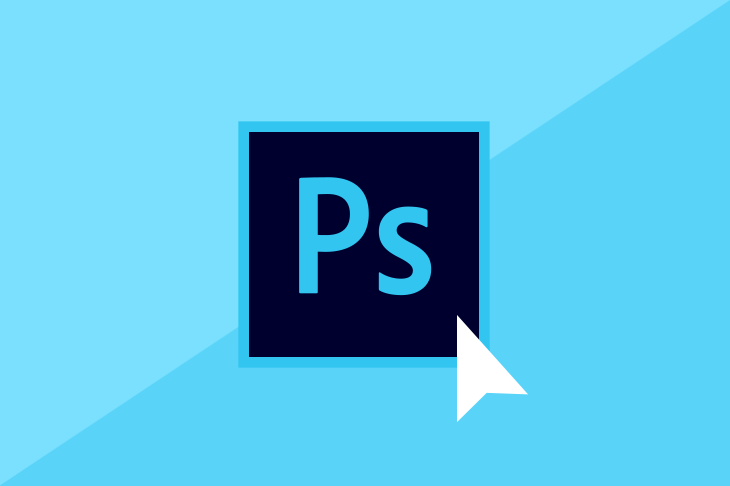
Get weekly
HubSpot updates
Whether you’ve been tasked with tending to the social accounts by your boss, or you're a keen wannabe digital marketer, social media marketing might not be as straightforward as you think. There’s a lot to consider and strategy is key to success, so step away from Twitter’s trending topics and listen up to my top tips for newbie social media marketers.
Know your audience
It’s so important to know your audience, particularly when looking at which channels you should promote yourself on. Don’t just pick your favourite or choose quantity over quality. The number of people following you means nothing if they’re not excited about your brand and your content. It’s far better to have 100 followers who are highly engaged then a thousand who aren't so fussed. Look at your demographic and think about the types of content you can realistically produce.
For example, if you’re a B2B recruitment firm with an aim to promote roles, it's unlikely you’re going to have a ton of engaging image based content, so you can rule out Instagram. Think about your aims carefully and consider where your audience might want to see that content and where would best suit them to consume it.
Work around them
Catering to the user doesn’t stop at being present on the right platforms. You still have to compete with countless other pieces of content before yours is even seen.
Social media platforms have different methods of serving content to its users, with Twitter following a chronological order and Facebook preferring a more complex algorithm. It’s important to have a basic understanding of how these work so you can maximise your chances of getting your content seen.
One absolute must for any digital marketer is to do your research and work around who your audience is. You can do this by making use of some of the amazing free tools out there to find out when your users are most likely to be online and engaged. In fact, Facebook even gives you this data in their Page Manager under insights, whilst for Twitter, I’d recommend Followerwonk by Moz.
Top tip: when scheduling for Facebook, post about half an hour before your peak time so that it has time to gather organic engagement. This will help it’s chances to be prioritised higher in your followers’ news feeds.
Give your brand a personality
If you’re going to take anything at all away from this blog, let it be this: social media platforms are not an alternative stream for advertising and sales. Think about it, when you spend time on social media, it's to engage with content you care about, whether that’s your sister’s new baby or to follow your favourite actor’s every move.
Social media is a place users go for downtime, and their feeds are carefully constructed and personalised to them. You want your content to compliment their feed, not disrupt it. The best way to do that is to think of your brand as a personality. Simply put, if your brand was a person, what would they post about and what would they talk about with their friends? Getting a blend of content is key. For more on how to ace your content, take a look at our beginner's guide to making great content.
Be picture perfect
Keep imagery consistent and in line with your brand. Graphics say far more than words can, so make sure they reflect what you’re trying to say.
If you struggle with design, or PhotoShop is out of your budget, Canva is a pretty nifty tool. You can use it to resize images, create collages, or completely cheat and use templates for all sorts of things, from banners to promotional content. It’s another fantastic free tool, however there are some themes on their that cost around a dollar. When it comes to graphics for social media, it’s far quicker and more affordable than throwing it out to an out-of-house graphic designer.
Platforms all have suggested sizes for graphics, with some platforms (*cough* Facebook *cough*) penalising your post’s reach if they don’t match these ‘guidelines’ within their algorithm. For a full guide on which platform prefers what, simply click here.
Don’t lower the tone
Talking of those pesky algorithms, there’s a few other things you should avoid doing. Simply put, the top three no no’s are:
Using all capital letters TO GRAB THEIR ATTENTION.
‘Screaming and shouting’ with an overuse of punctuation!!!!
Running a competition that asks users to like the page or share a piece of content.
All of the above are not advised and in some cases are against the platforms’ guidelines. Aside from that, you’re still a brand so you don’t want to be guilty of poor grammar or click-baity titles.
It’s not all about the numbers (Well.. sort of)
The quality of your brand’s following is worth far more than quantity, particularly with platforms who use engagement algorithms (again, looking at you Facebook), i.e the percentage of users who like, share, click or comment on a post who have seen it. Really bear this point in mind when you consider your strategy. One big mistake I often see brands making is a competition to gain likes, often including ‘illegal’ entry mechanisms.
Regardless of the entry method, if you’re giving away a generic prize with an easy route of entry, you’re only going to get a broad following of people who are interested in the potential prize - not your brand and your content. This means when you are sharing content that is relevant to your brand it’s only going to be served up to a market of users who aren't interested. Your engagement rates will drop, and this will affect the reach of your future posts.
Rather than looking at the number of followers you have or the reach of a post, focus on a metric that really matters - engagement. Find out more about why smart marketers ignore reach.
I can’t tell you how much stick I’ve endured from friends who think that my day job is ‘sitting on social media all day’ but, as I’m sure you can appreciate (even from this somewhat brief guide), there’s so much more to it than that. That being said, it’s a pretty interesting and a forward way of marketing your brand and connecting with consumers, particularly as the customer journey adapts to consider digital. It really is a strategy all brands should be considering and implementing.
Hopefully you’ve learnt something new in this blog, and I invite you to leave any comments or questions below!

